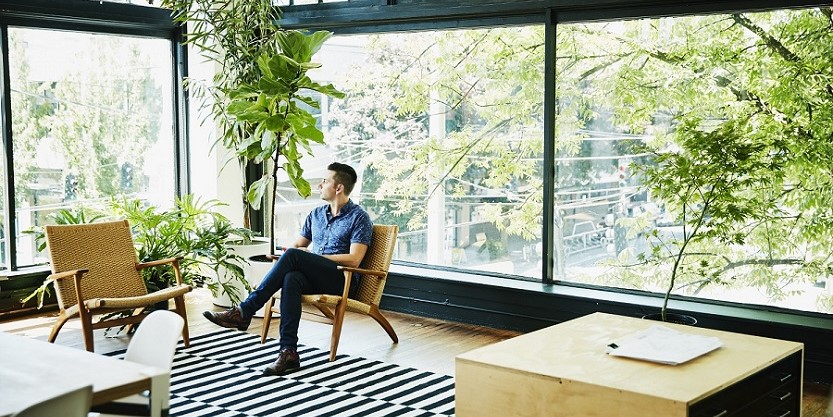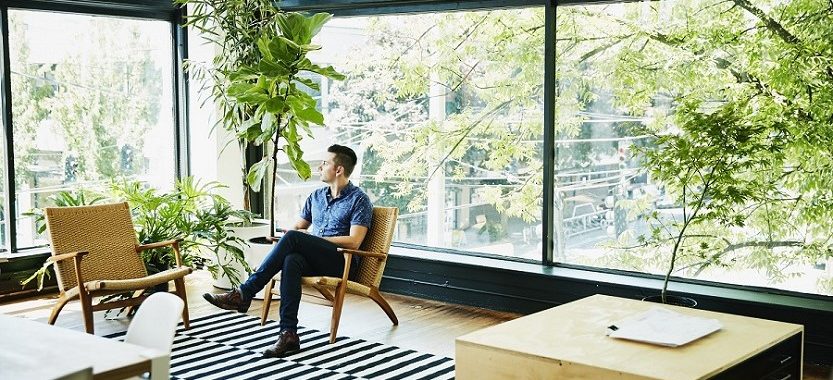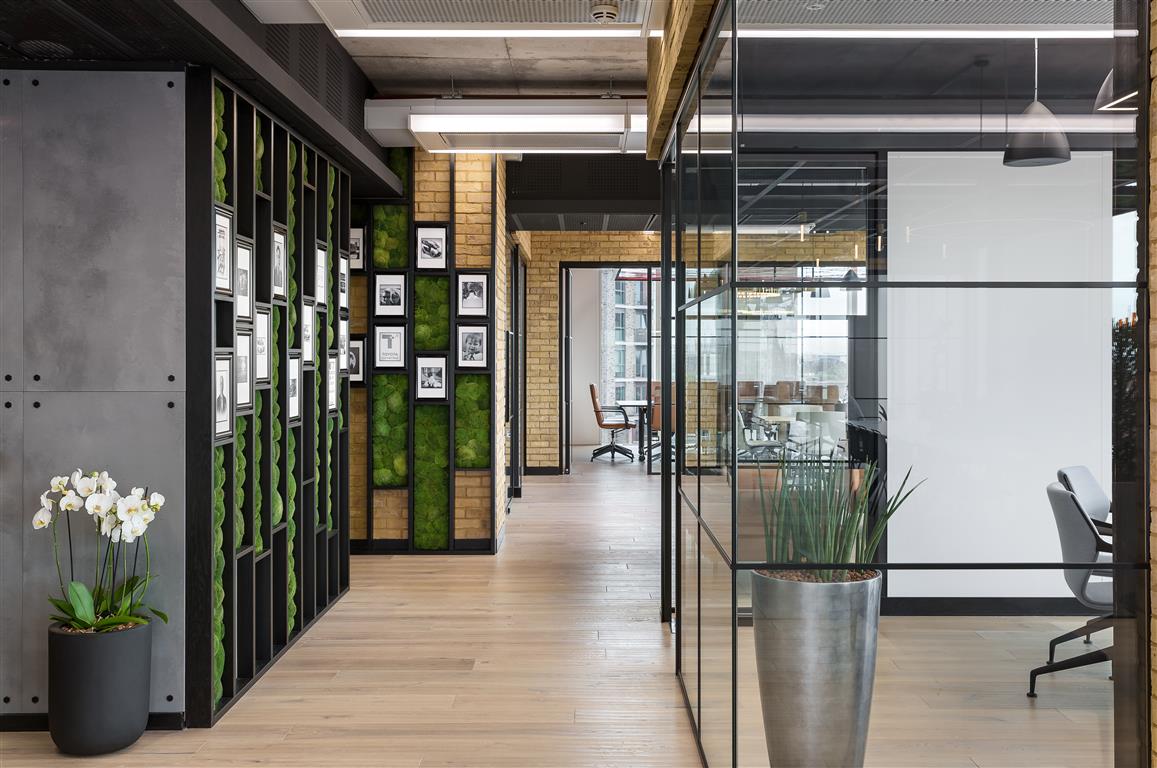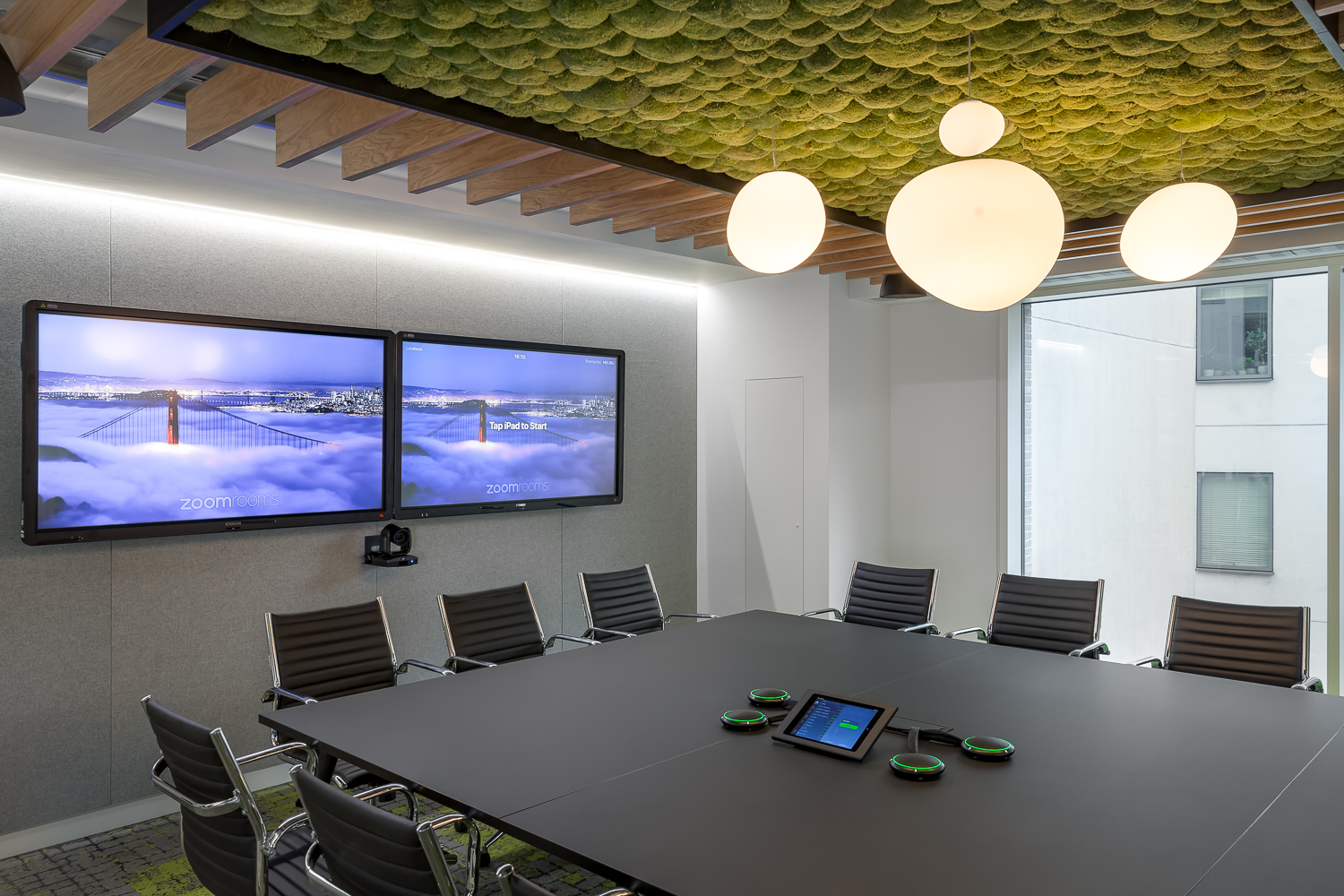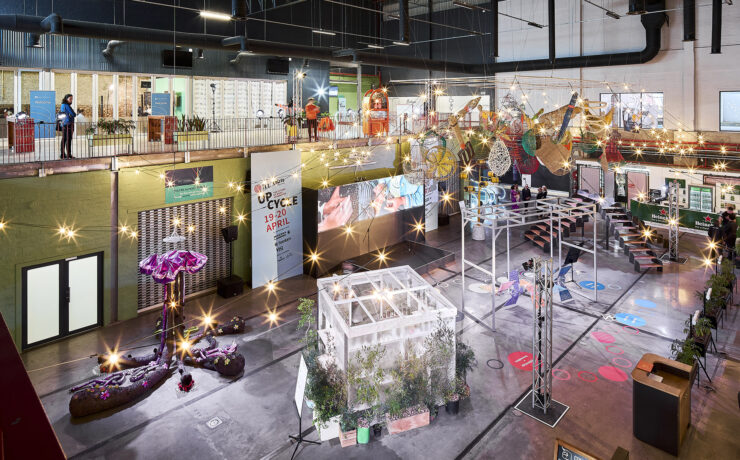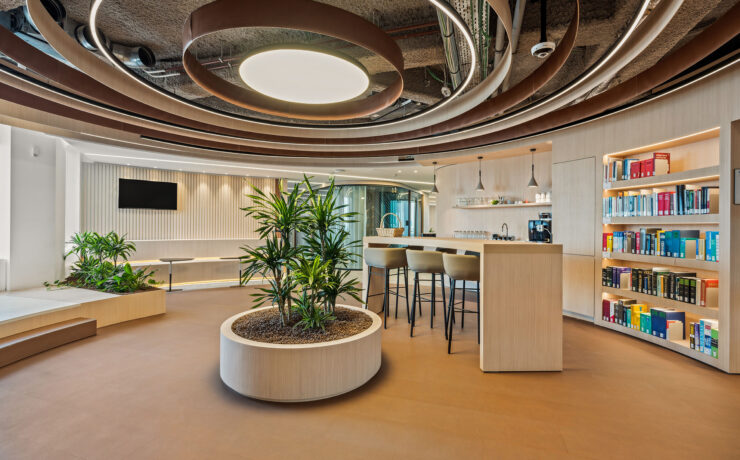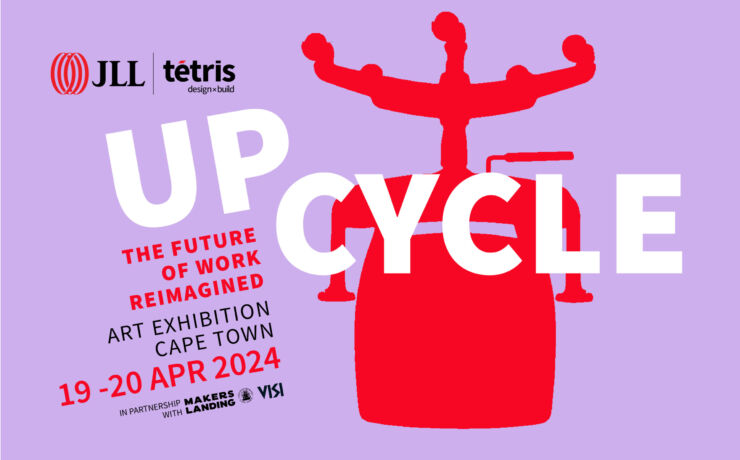From living walls to stone floors, natural materials are becoming more widely used in the workplace.
As more companies look to bring touches of nature into the workplace, they’re moving well beyond placing plants in central areas to incorporating more wood, stone and slate within their overall office design.
It’s not just a question of aesthetics to wow visitors in an office’s lobby area. The use of natural materials is increasingly tied into reflecting a company’s green credentials or sustainability goals throughout the workplace, for example using wooden tables for desks or indoor arbours in breakout areas.
Telecoms firm Moneypenny and the London offices of luxury travel firm Jacada Travel both have used wood extensively in their new workplaces.
“Using natural materials is often linked to reflecting sustainability objectives and reinforcing company values for employees and visitors,” says Gordon Byrne, creative lead designer at Tétris UK. “We’re seeing companies get more innovative with use of materials and layouts as they look to create unique workplaces that reflect their values.”
Giving employees a natural boost
Spending time in nature is proven to have a positive impact on health and wellbeing including reducing stress levels and blood pressure – not to mention providing a psychological boost.
And while there’s a big difference between going for a walk in a park on a sunny day and working in an office with wooden floors, incorporating plenty of natural light and greenery can make for a more pleasant working environment that encourages productivity and promotes wellbeing, says Beth Ambrose, Director in Upstream Sustainability Services at JLL.
“As more companies prioritise the health and wellbeing of their staff, biophilic design is no longer a niche area,” she explains. “Light, airy, plant-filled and restful spaces are some of the most important attributes of a healthy building, and can help to mitigate employee stress and anxiety levels.”
Indeed, from smaller shrubs in meeting rooms to hanging baskets in breakout areas, it’s rare to find modern offices that don’t have some form of greenery in them.
Living walls, in particular, are an increasingly popular workplace feature, including in JLL’s new Manchester office, where their appeal goes beyond the visual to help maintain good air quality and improve humidity levels, Ambrose notes.
And such features need to work within the overall look and feel of the office.
“It’s important to take an integrated, intelligently designed approach to wellness,” says Byrne. “It’s obvious when a company has simply applied a sticking plaster by going too gimmicky or copying what they’ve seen elsewhere without really thinking about it holistically.’’
The right vibe at the right price
While more companies are keen to incorporate natural materials, cost can be a factor. Living walls, for example, also require significant work to allow for drainage and piping.
“A living wall certainly adds character to a room but it very much depends on the level of financial commitment a company can make. Of course, when budgets are under pressure, then such elements are harder to implement on a large scale or integrated way,” says Byrne.
Natural materials have one big advantage on their side: their durability, which can differentiate them from cheaper products for companies implementing longer-term designs rather than quick fixes. Plus, as Byrne points out: “The benefits to employee productivity, health and wellbeing are worth the additional cost and will create a more engaging workplace.”
Embracing more natural design
The way many companies approach workplace design has changed significantly in recent years with the focus on flexible, open spaces that encourage interaction and focus more on the needs and preferences of employees – and the use of natural materials plays into that.
Indeed, from smaller shrubs in meeting rooms to hanging baskets in breakout areas, it’s rare to find modern offices that don’t have some form of greenery in them.
“People want vibrant workplaces they feel connected to but equally they want high-quality areas to get their work done,” says Byrne. “There’s a more fluid approach to reception area layout and in some of the most interesting examples, such as OakNorth Bank’s use of moss in the ceiling rafts, it’s a case of find the signing-in desk behind the flora and fauna.”
He sees more companies incorporating natural elements in the workplace in the coming years – especially as the aftermath of the Covid-19 pandemic focuses more attention on health and wellbeing, and air quality in particular.
“Things have certainly moved on from simply swapping MDF furniture for plywood,” Byrne concludes. “Combined with the increased corporate focus on sustainability and employee wellbeing, the interest in natural materials will continue to grow.”
